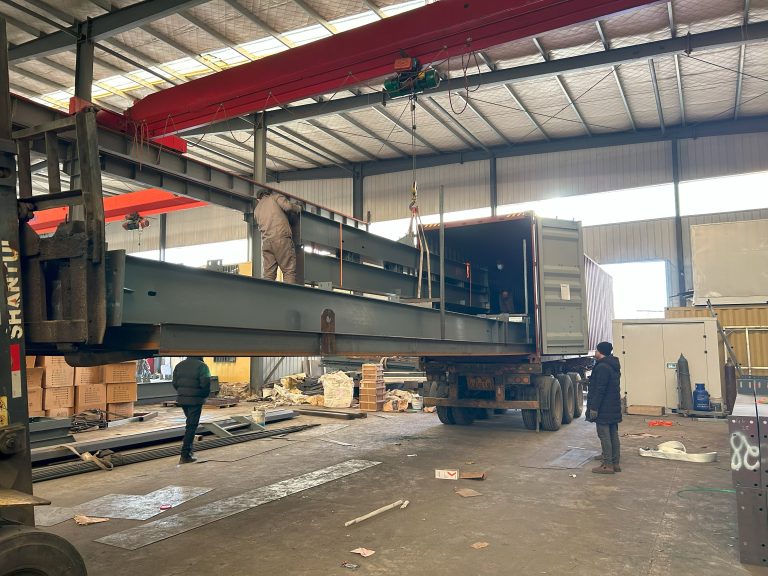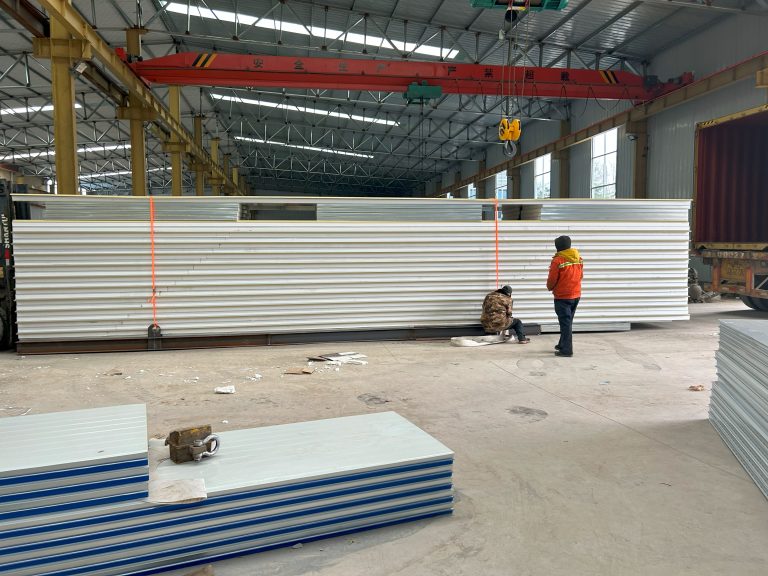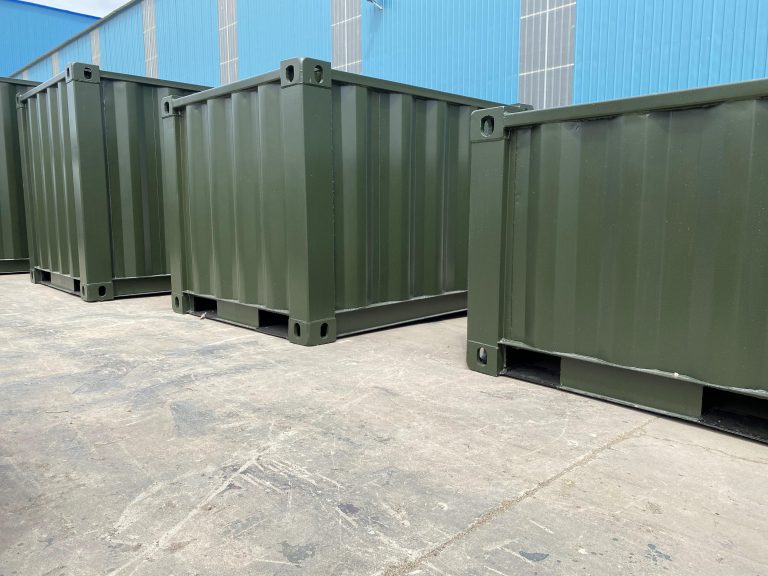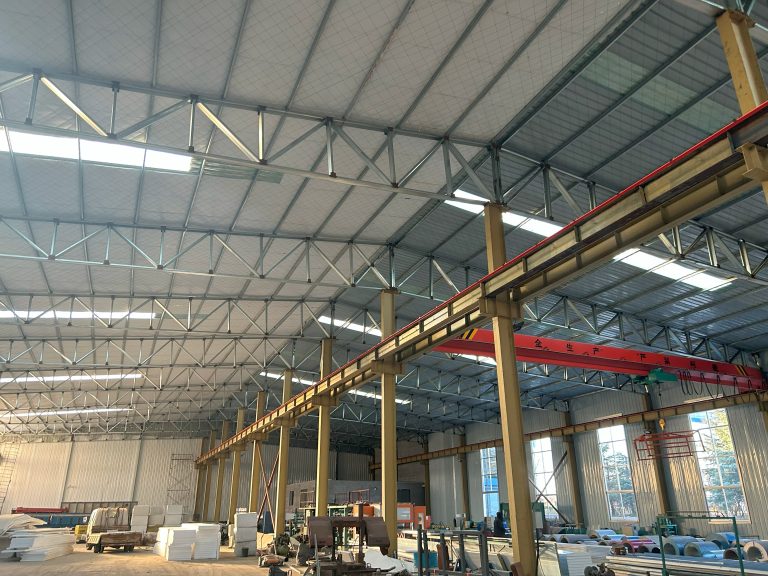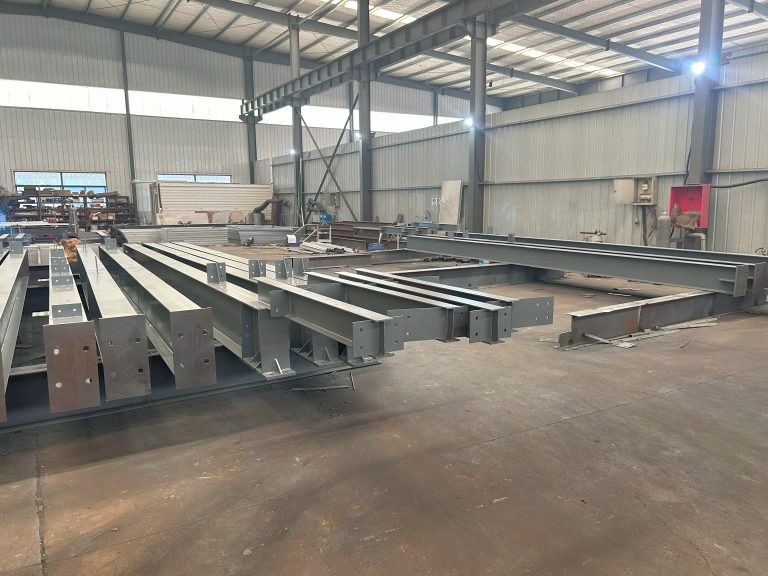How do the materials and textures of the light panels affect the transparency and beauty of the building?
Impact of Materials and Textures on Transparency and Beauty of Light Panels in Buildings
Light panels are an essential element in modern architecture, providing both functional illumination and aesthetic appeal to buildings. The materials and textures used in these panels play a crucial role in determining the transparency and beauty of the structure. Understanding how different materials and textures impact the overall look and feel of a building can help architects and designers create spaces that are both visually stunning and functional.
One of the key factors that influence the transparency of light panels is the material used in their construction. Glass is a popular choice for light panels due to its ability to transmit light effectively and create a sense of openness in a space. The transparency of glass panels can vary depending on factors such as thickness, tint, and surface treatment. Clear glass panels allow for maximum light transmission, creating a bright and airy atmosphere in a building. Frosted or textured glass, on the other hand, diffuses light and adds a layer of privacy while still allowing some light to pass through.
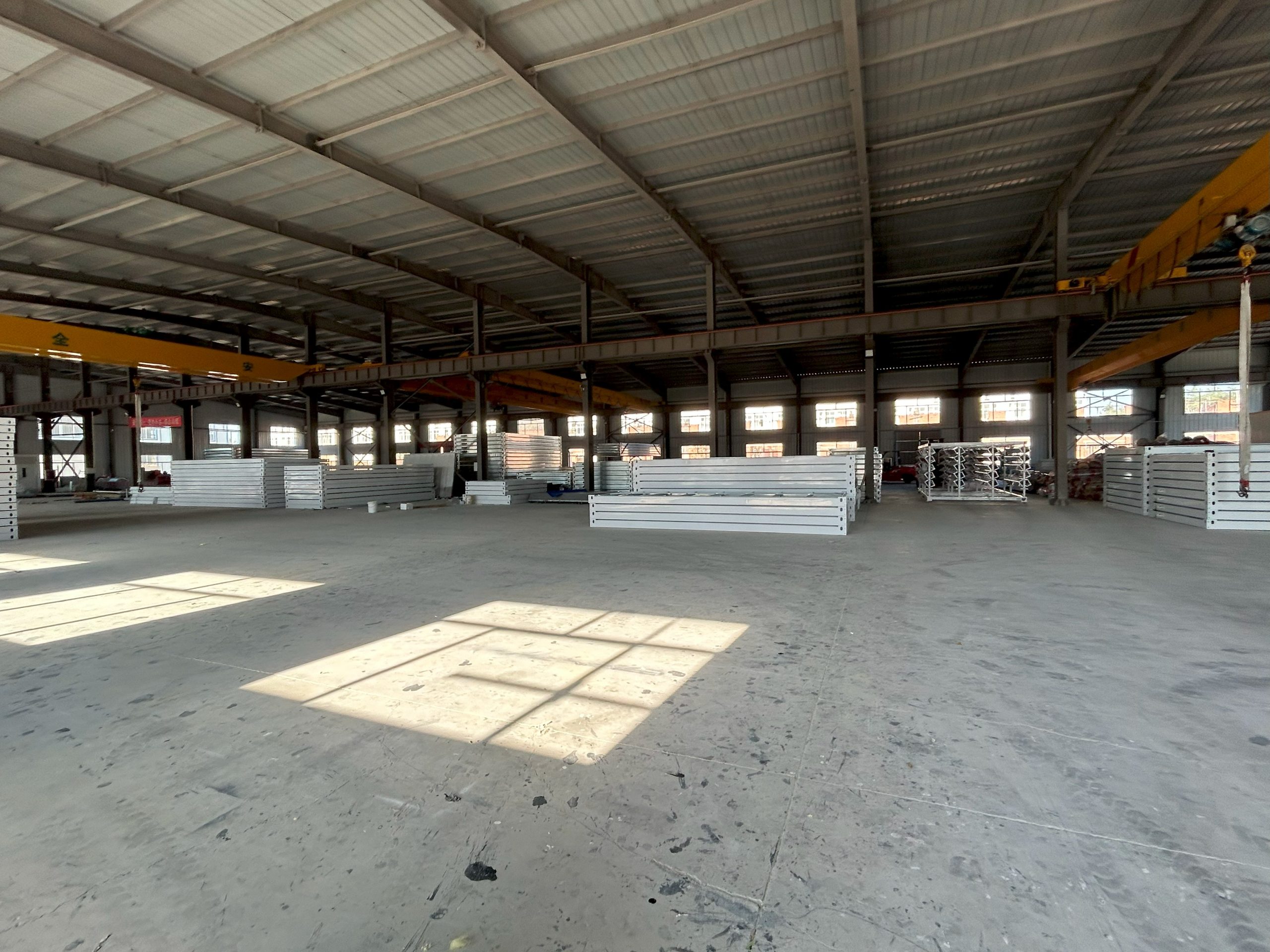
In addition to glass, other materials such as acrylic and polycarbonate are also commonly used in light panel construction. These materials offer similar transparency to glass but are often more lightweight and durable, making them ideal for use in high-traffic areas or outdoor applications. Acrylic panels can be easily shaped and colored, allowing for a greater degree of design flexibility compared to glass. Polycarbonate panels are known for their impact resistance and UV stability, making them a popular choice for exterior light panels.
The texture of a light panel can also have a significant impact on its transparency and beauty. Smooth, glossy surfaces reflect light more effectively, creating a bright and polished look. Textured or matte surfaces, on the other hand, can soften the light and create a more diffused and subtle effect. Textured panels can also add visual interest and depth to a space, creating a dynamic interplay of light and shadow.
Incorporating a variety of textures in light panel design can help create a sense of balance and harmony in a building. Combining smooth and textured panels can create a visually striking contrast that draws the eye and adds dimension to a space. Mixing different materials, such as glass and metal, can also create a unique and modern aesthetic that enhances the overall beauty of a building.
When designing light panels for a building, architects and designers must consider not only the transparency and beauty of the materials and textures used but also their practicality and durability. Choosing materials that are easy to maintain and resistant to wear and tear is essential for ensuring the longevity of the panels and the overall integrity of the building. Additionally, considering factors such as energy efficiency and sustainability can help create a more environmentally friendly and cost-effective lighting solution.
In conclusion, the materials and textures of light panels play a crucial role in determining the transparency and beauty of a building. Glass, acrylic, and polycarbonate are popular choices for light panel construction, each offering unique benefits in terms of transparency, durability, and design flexibility. The texture of a panel can also impact its transparency and aesthetic appeal, with smooth surfaces creating a polished look and textured surfaces adding depth and visual interest. By carefully selecting materials and textures that complement the overall design of a building, architects and designers can create spaces that are both functional and visually stunning.

